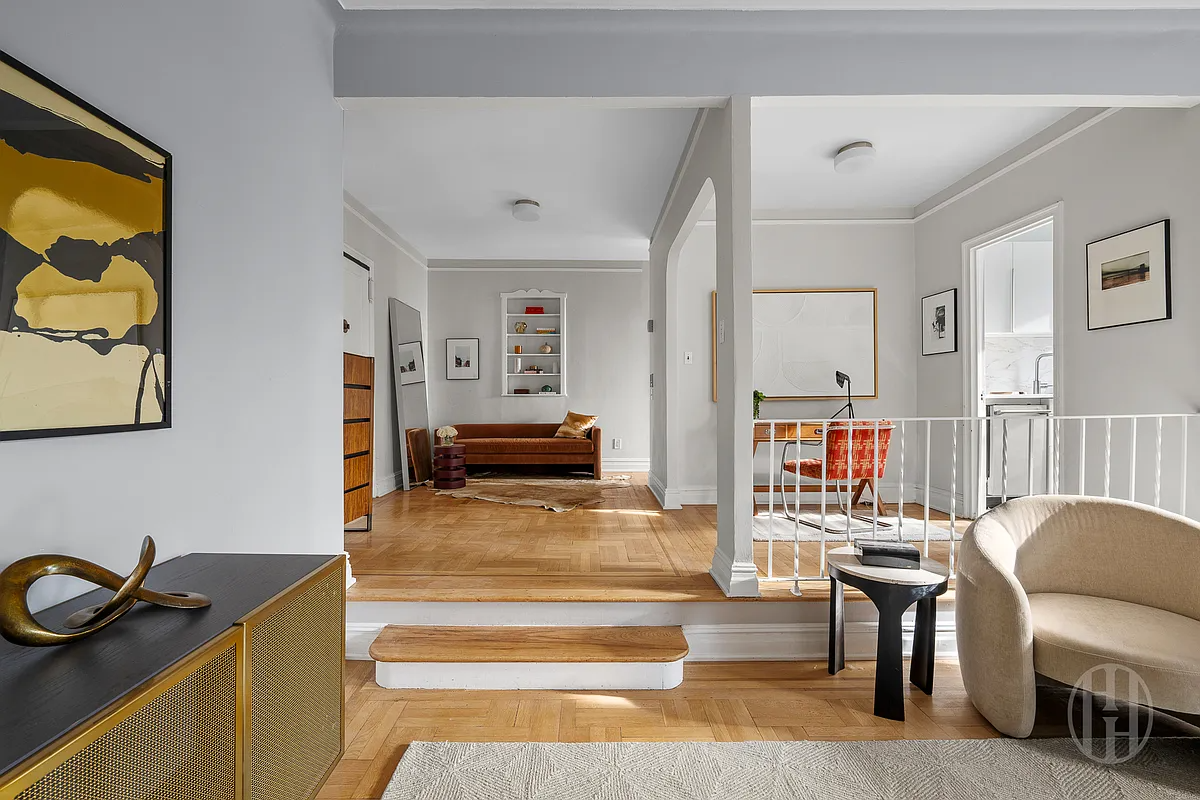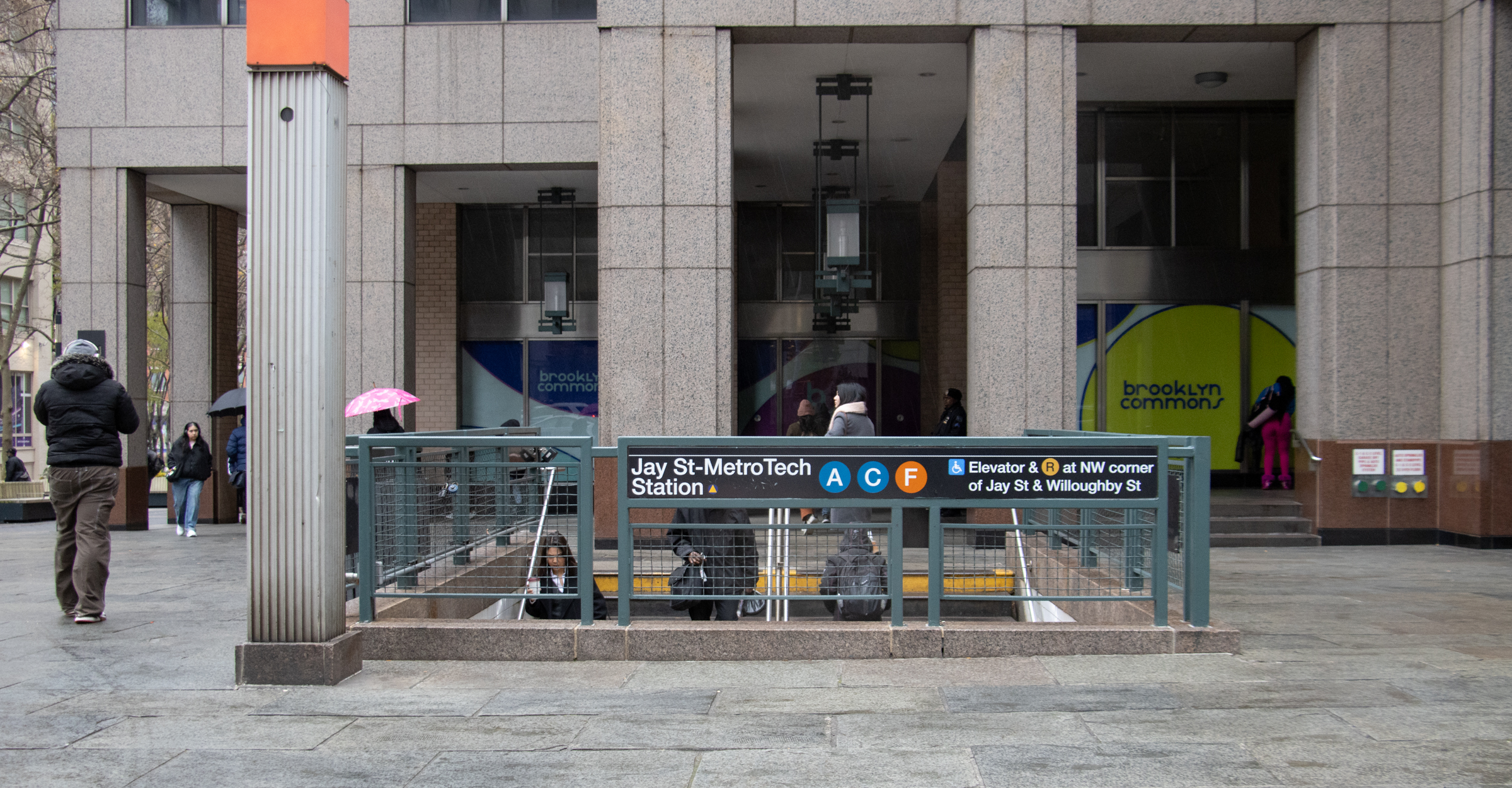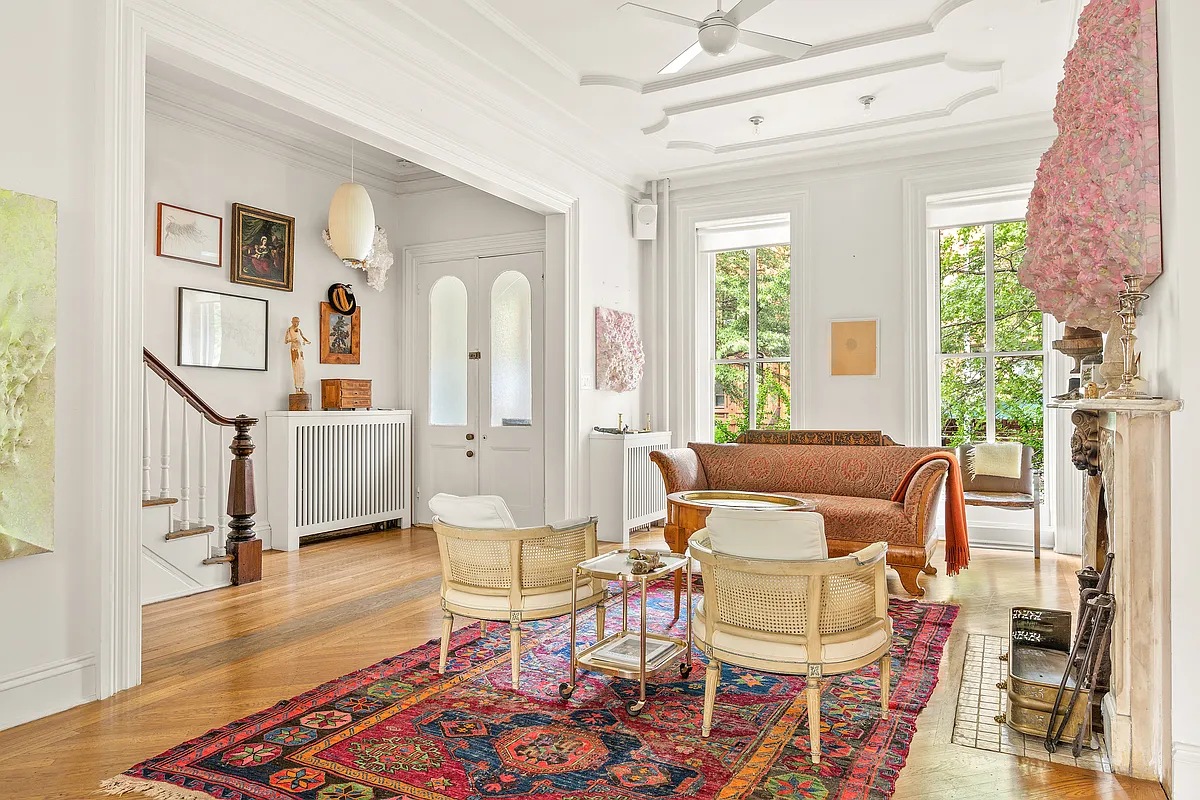Building of the Day: 299-305 Adelphi Street
Brooklyn, one building at a time. Name: Adelphi Apartments Address: 299-305 Adelphi Street Cross Streets: DeKalb and Lafayette Avenues Neighborhood: Fort Greene Year Built: 1927 Architectural Style: 1920’s Moorish/Mediterranean/Spanish Revival Architect: Benjamin Brownstein Landmarked: Yes, part of Fort Greene HD (1978) The story: This sort of apartment building appears here and there in Brooklyn, especially…


Brooklyn, one building at a time.
Name: Adelphi Apartments
Address: 299-305 Adelphi Street
Cross Streets: DeKalb and Lafayette Avenues
Neighborhood: Fort Greene
Year Built: 1927
Architectural Style: 1920’s Moorish/Mediterranean/Spanish Revival
Architect: Benjamin Brownstein
Landmarked: Yes, part of Fort Greene HD (1978)
The story: This sort of apartment building appears here and there in Brooklyn, especially in Flatbush and the parts of Brooklyn developed in the early decades of the 20th century. Brooklyn is not alone, either. In NYC, you can find these Mediterranean/Moorish/Spanish style buildings scattered throughout the city, in all five boroughs.
They represent a time in America when the middle class apartment was king. The exotic décor and ornament on these buildings is a testament to the power of Hollywood, as much as it is to the inventiveness of architects and advances in architecture. California, the Southwest and Florida were in the midst of a Spanish Revival phase, as the architecture of colonial Spain, and its spin-offs were very popular in buildings large and small. The most famous example of this is probably Hearst Castle, which was begun by architect Julia Morgan in 1919, and not finished until 1947.
This exotic and often florid architecture resonated with people, who associated it with Hollywood stars and rich folk in Florida, and soon many of the architects designing for the growing middle class in cities like New York were bringing elements of Mediterranean design to their own buildings. What was more uplifting and snazzy than moving from a crowded tenement to a spacious new building in Brooklyn that looked like a Hollywood mansion, complete with ornate pillars, Mediterranean tiled roof and an exotic looking Hollywood Spanish lobby? And in your apartment, probably a sunken living room, and a bright pink or green tiled bathroom, too. Movin’ on up, indeed.
However, most of these buildings were in Flatbush, or the Bronx or in Washington Heights, not historic brownstone Fort Greene. There are very few pre-war apartment buildings in Fort Greene, as the neighborhood was built up with row houses of wood, brick and brownstone as far back as before the Civil War, and most of these buildings have lasted the centuries. There were once four houses here on this site. They are mentioned in old newspapers, as the residents got married, died, or somehow made the papers.
The apartment building was built in 1927, designed by Benjamin Brownstein. I could find nothing about him or his career. He did, however, design a nice apartment building. It’s got some great Mediterranean and vaguely Moorish detail, including some fine carved ornament around the entrance, arched windows, blind arcades on the sixth floor and on the roof, an open arched parapet. There is also the prerequisite Mediterranean tiled roof. The building appears on a long list of desirable Brooklyn apartment buildings that includes Turner Towers, The Excelsior, Grace Court and the Leverich Towers, among others.
Property Shark says that there are now 72 units in the building. I suspect there were about half that, originally. Apartment buildings from this time, and in this middle class neighborhood, would have been spacious, and five to seven rooms, including a maid’s room off the kitchen. Ads in the Brooklyn Eagle after 1929 bear this out. Maid service – just like living in Palm Beach or Hollywood! GMAP
(Photograph: Scott Bintner for Property Shark)











While it is a unique building in the neighborhood, it also has an ongoing bedbug infestation (in addition to other pest problems) which is pretty well documented at this point. It also doesn’t seem as though the writer has actually entered the building, which is pretty dingy. Is it “building of the day” just based on its history, rather than its current reality?